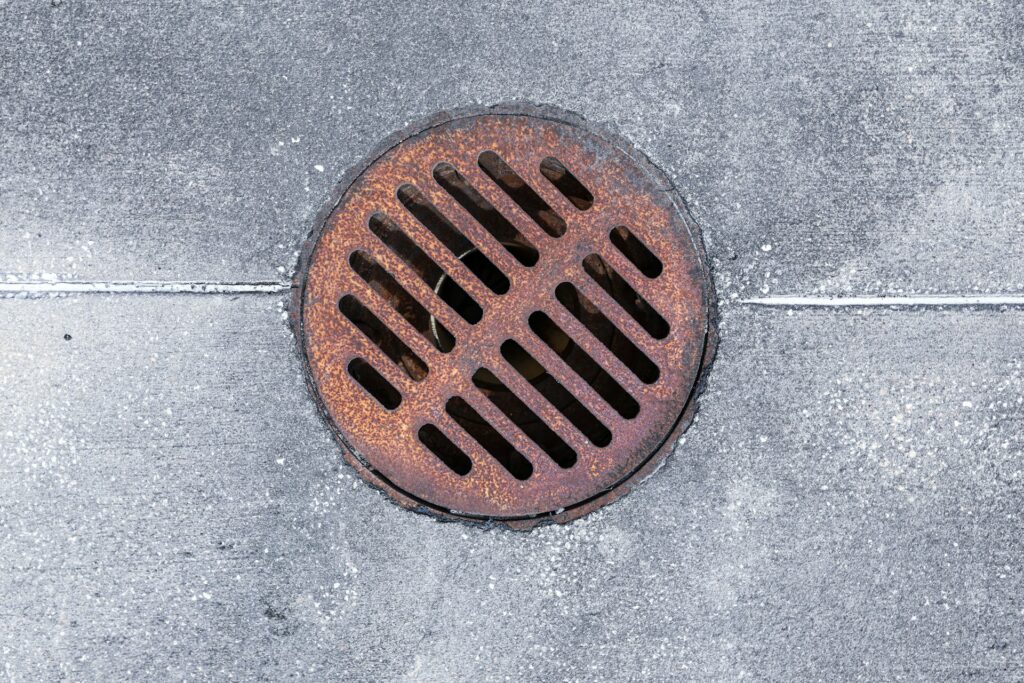Sewage Overflow: A Growing Threat
By Finlay Gilkinson – 19/06/2025
Sewage overflow is a silent crisis impacting cities globally. When sewer systems fail under heavy rain or neglect, untreated wastewater floods streets, homes, and waterways, creating serious health and environmental risks.

Causes of the Crisis
The problem often stems from combined sewer systems, where rainwater and sewage share pipes. During storms, these systems overload, dumping raw sewage into rivers and lakes. In the U.S., billions of gallons of untreated wastewater escape yearly, per the Environmental Protection Agency. Aging infrastructure—some pipes over 100 years old—exacerbates the issue, as does population growth and climate-driven extreme weather. A 2023 study noted a 30% rise in overflow incidents in some areas due to intense storms.
Devastating Impacts
The fallout is severe. Sewage carries pathogens like E. coli, sickening communities through contaminated water or contact. A 2019 overflow in a major city caused hundreds of illnesses. Ecosystems suffer as sewage depletes oxygen, killing fish and sparking algal blooms that create dead zones. Coastal economies take hits, too—a 2022 beach closure cost one town millions in tourism revenue.
Challenges and Solutions
Solutions are complex and costly. Separating sewer systems is effective but disruptive. Green infrastructure, like rain gardens, helps reduce runoff but requires widespread use. Upgrades demand billions, straining municipal budgets, while maintenance lags and temporary fixes fall short. Yet, innovation offers hope: some cities use sensors or AI to predict overflows, and community advocacy pushes for funding.
The Role of Awareness
Public awareness remains low—sewage isn’t a headline-grabber until it’s a personal problem. But ignoring it costs us in health, clean-up, and lost revenue. Individuals can act by conserving water, disposing of waste properly, and supporting local green projects.
Sewage Overflow: A Growing Threat
Sewage overflow reflects our aging systems and changing climate. Addressing it demands investment, innovation, and collective action to safeguard our health and environment. Next time it rains, consider where the water goes—and what’s at stake.
Ready to find the perfect job?
Our team of experts work with an extensive network of employers. Submit your CV to ensure you’re a part of our network of talented candidates and we’ll make you aware of opportunities before they are even posted.
